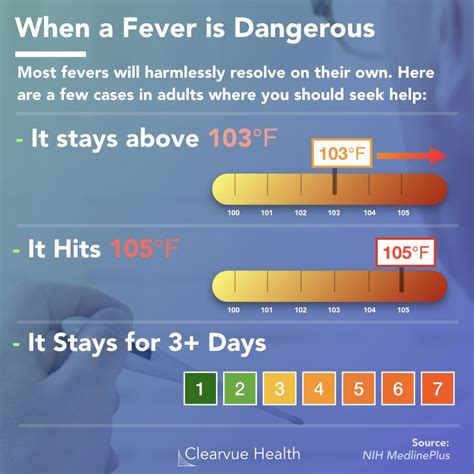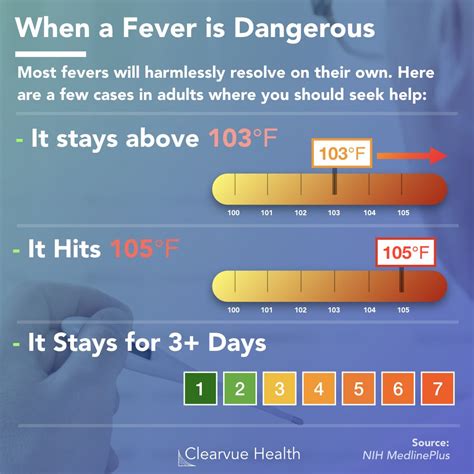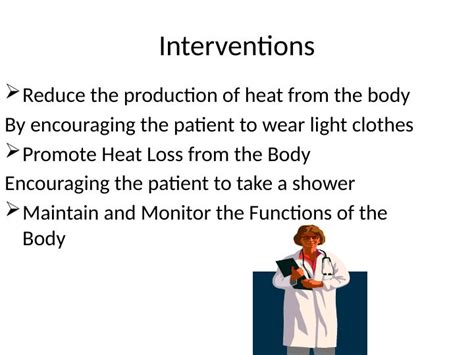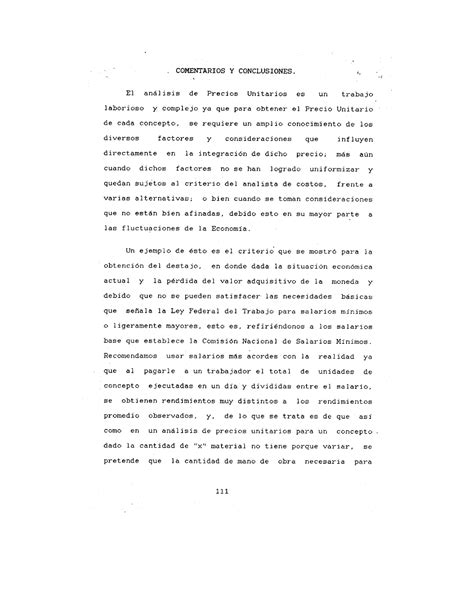Intro
Identify 5 fever danger signs, including severe headache, stiff neck, and rash, to recognize potentially life-threatening conditions like meningitis, sepsis, and heatstroke, and learn when to seek medical attention for high fever symptoms.
Fever is a common symptom that can affect anyone, regardless of age or health status. It is usually a sign that the body is fighting an infection or illness, and in most cases, it can be treated with over-the-counter medications and home remedies. However, there are certain danger signs that can indicate a more serious condition, and it is essential to recognize them to seek medical attention promptly. In this article, we will discuss the importance of understanding fever and its danger signs, and how to identify them.
Recognizing fever danger signs is crucial, especially in vulnerable populations such as children, older adults, and people with weakened immune systems. Fever can be a symptom of various conditions, ranging from mild to life-threatening, and it is essential to monitor its progression and seek medical attention if necessary. By understanding the danger signs of fever, individuals can take proactive steps to prevent complications and ensure timely treatment.
The importance of understanding fever cannot be overstated. Fever is a natural response of the body's immune system to infection or inflammation, and it can be a sign of various conditions, including viral or bacterial infections, autoimmune disorders, or even cancer. While fever can be uncomfortable and debilitating, it is usually not a cause for concern and can be managed with self-care measures. However, it is crucial to recognize the danger signs of fever to avoid delaying medical attention, which can lead to severe consequences, including organ damage, sepsis, or even death.
Introduction to Fever Danger Signs

Types of Fever
Fever can be classified into different types, including low-grade fever, high-grade fever, and hyperpyrexia. Low-grade fever is typically defined as a body temperature between 100.4°F and 102.2°F, while high-grade fever is defined as a body temperature above 103°F. Hyperpyrexia is a severe and life-threatening condition characterized by a body temperature above 106.7°F. Understanding the type of fever can help individuals recognize the danger signs and seek medical attention promptly.Identifying Fever Danger Signs

Age-Specific Fever Danger Signs
Fever danger signs can vary depending on the individual's age. In children, fever danger signs can include: * Fever above 104°F in infants under 3 months * Fever above 102.2°F in children between 3 months and 2 years * Seizures or convulsions * Difficulty breathing or shortness of breath * Refusal to drink fluids or showing signs of dehydration In older adults, fever danger signs can include: * Fever above 102.2°F * Confusion or disorientation * Severe dehydration or vomiting * Severe fatigue or weakness * Difficulty breathing or shortness of breathManaging Fever and Preventing Complications

When to Seek Medical Attention
It is essential to seek medical attention promptly if any fever danger signs are present. The following are some scenarios that require immediate medical attention: * Fever above 103°F * Severe headache or stiff neck * Difficulty breathing or shortness of breath * Chest pain or severe abdominal pain * Seizures or convulsions * Confusion or disorientation * Severe dehydration or vomiting * Blood in urine or stoolConclusion and Next Steps

Final Thoughts
Fever can be a symptom of various conditions, and it is essential to recognize the danger signs to avoid delaying medical attention. By staying informed and taking proactive steps, individuals can manage fever and prevent complications. If you have any questions or concerns about fever or fever danger signs, consult with a healthcare professional for personalized advice and guidance.What is the normal body temperature range?
+The normal body temperature range is between 97.7°F and 99.5°F.
What are the common causes of fever?
+The common causes of fever include viral or bacterial infections, autoimmune disorders, and cancer.
How can I manage fever at home?
+You can manage fever at home by staying hydrated, resting, using over-the-counter medications, and monitoring fever closely.
When should I seek medical attention for fever?
+You should seek medical attention for fever if you experience any danger signs, such as severe headache, difficulty breathing, or chest pain.
Can fever be prevented?
+While fever cannot be completely prevented, you can reduce the risk of infection by practicing good hygiene, getting vaccinated, and avoiding close contact with people who are sick.
